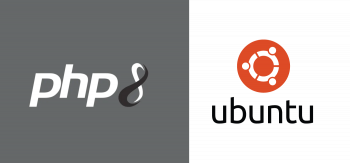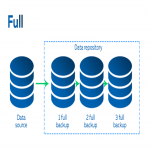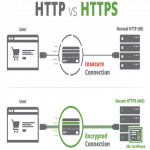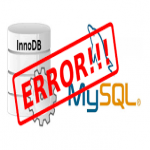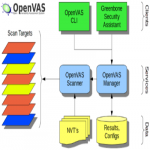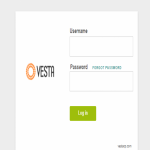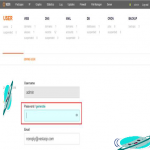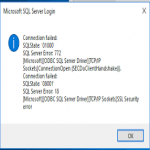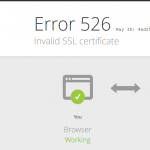Deploy Redis on Rocky Linux 8 - Step by step guide ?
This article covers how to install and configure Redis on Rocky Linux 8. In fact, Redis is a popular and open-source in-memory key-value data store. It supports various data structures such as Hash, Lists, Sets, Strings, and much more.
Install Git on Rocky Linux 8 - Step by step guide ?
This article covers how to install and configure Git on Rocky Linux 8. In fact, Git is popular version control system designed to handle very large projects with speed and efficiency; it is used for many high profile open source projects, most notably the Linux kernel.
How To Uninstall git on Ubuntu 21.04 ?
To uninstall only the git package we can use the following command:
$ sudo apt-get remove gitWe can use the following command to remove git configurations, data and all of its dependencies, we can use the following command:
$ sudo apt-get -y autoremove --purge git
Install Gitlab on Rocky Linux 8 - Step by step guide ?
This article covers how to install GitLab on Rocky Linux 8. In fact, GitLab is a free git repository management tool that allows you to create and manage git repositories. It provides tools for everything an open-source developer would need. Also it integrates perfectly with other development tools like CodeShip, which makes deployments easy and fast.
Enable PowerTools Repository on Rocky Linux 8 - How to do it ?
This article covers how to enable PowerTools repository on Rocky Linux and any other Red Hat Linux systems. In fact, The PowerTools repository is a container that contains many packages, libraries, and developer tools for either creating from source or installing applications. Most repositories rely on the PowerTools to be enabled, including the most popular Extra packages for the Enterprise Linux repository.
How to Install EPEL Repositories on Rocky Linux 8 ?
You need to enable EPEL since while installing a package being provided by the PowerTools repos, there might be some dependencies required and provided by the EPEL:
$ dnf install epel-release
Install Joomla on Rocky Linux 8 - Step by step guide ?
This article covers how to install Joomla on Rocky Linux 8. In fact, Joomla is an open-source and PHP-based content management system used for creating different types of websites including blogs, eCommerce storefronts, and marketing sites. It is simple, user-friendly, and provides an easy way to build dynamic and powerful websites.
Install Discord on Rocky Linux 8 - Step by step guide ?
This article covers how to install Discord on Rocky Linux 8. Infact, Discord is available on Windows, macOS, and Linux Distros. It allows Users to communicate with voice calls, video calls, text messaging, media, and files in private chats or as part of communities called "servers".
